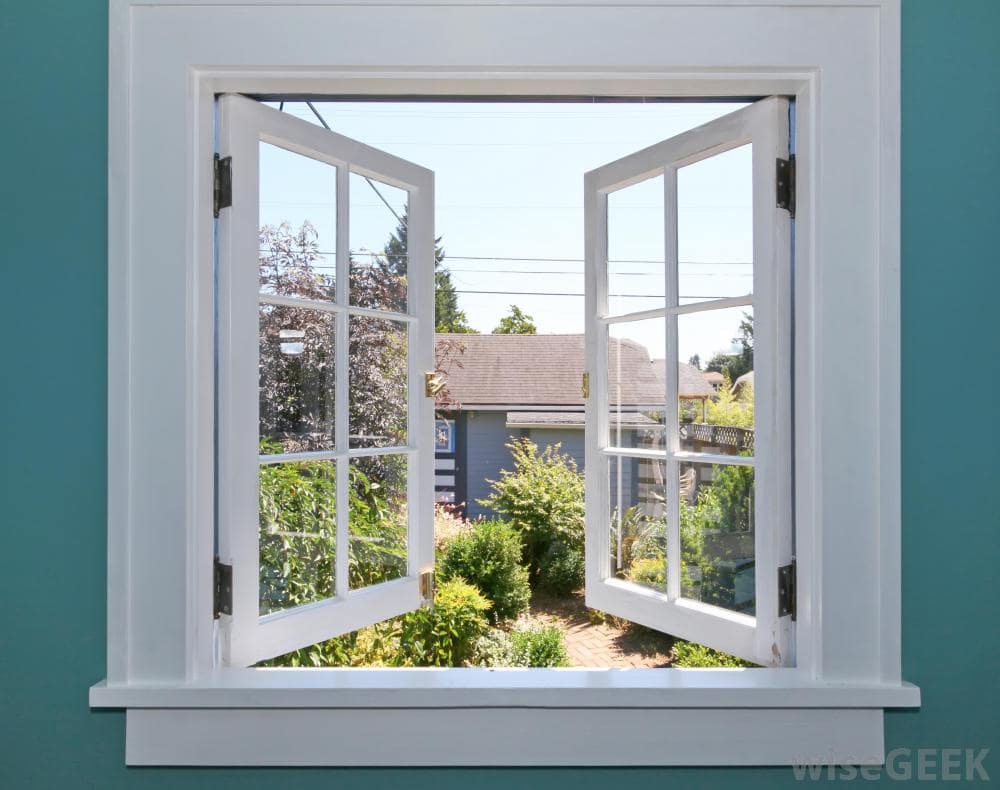In 2000, the World Health Organization (WHO) identified healthy indoor air as a basic human right, based on universal human rights and ethical principles1. WHO’s research highlighted that air temperatures below 16°C and relative humidity above 65% increase the risk of respiratory, cardiovascular, and allergic diseases.
New Zealand’s Indoor Air Quality Challenge
Currently, many homes in New Zealand are cold, damp, and poorly ventilated, negatively impacting occupant health and well-being. The 2018 Census2 revealed that 1 in 5 homes are affected by dampness. A 2022 survey by AMI Insurance3 found that 42% of households were concerned about dampness, 47% experienced condensation, and 1 in 10 worried about significant mould growth. Nearly 20% of those with mould reported worsened breathing.
Additionally, many households struggle with winter heating costs. The same survey showed that 28% of households heated only one room to stay warm, while 37% tried to use as little heating as possible to reduce energy bills. This highlights a critical issue: maintaining indoor environmental quality (IEQ) without driving up energy consumption.
The Pros and Cons of Traditional Ventilation in NZ
Recent research in New Zealand4 asked whether new houses relying solely on natural ventilation are truly healthy. A study of 15 free-running houses (those using windows, draughts, and natural forces for ventilation) built after 2000 across NZ’s three climate zones confirmed poor indoor air quality and thermal comfort.
While effective ventilation is crucial, relying solely on natural ventilation is insufficient in New Zealand’s climate. Mechanical assistance is necessary to ensure consistent air exchange. Dilution through fresh air is key bringing in about 30m³ of fresh air per person every hour effectively reduces airborne contaminants to safe levels5.
However, this approach presents a dilemma: improving thermal comfort often involves reducing air leakages and increasing insulation, which can lead to homes that are too airtight and not adequately ventilated. On the other hand, relying on natural ventilation can compromise energy efficiency and reliability.

Linking Ventilation, Thermal Comfort, and Energy Consumption
Ventilation is essential for good indoor air quality, but it’s closely linked to a home’s energy consumption. A higher rate of fresh air supply dilutes pollutants but increases energy demands unless effective heat recovery systems are in place.

Global and Local Shifts Toward Passive House Standards
Given these challenges, it’s not surprising that the Passive House standard is increasingly being adopted worldwide, including in many regions of Europe. Passive House principles offer a comprehensive approach to design and construction, ensuring that all factors—ventilation, insulation, and air tightness—work together. Mechanical heat recovery systems in airtight, well-insulated homes provide superior air quality, thermal comfort, and low energy requirements.
New Zealand’s Path Forward
New Zealand is gradually moving toward these standards. The MBIE’s Transforming Operational Efficiency Program6 aims to achieve these outcomes through a three-stage process: increased insulation (already mandated), specific ventilation strategies (expected next), and finally, airtightness. The goal is to reduce energy consumption while ensuring adequate ventilation through heat recovery systems.

Learn More
To understand how these principles work, check out our Passive House Principles Page. A future blog will delve into Mechanical Heat Recovery Ventilation (MHRV) systems, which continuously provide fresh, filtered air warmed by the outgoing stale air.
In the meantime, if you’re interested in building for health, comfort, and energy efficiency, grab our FREE guide here.
1European Collaborative Action Indoor Air Quality and its Impact on Man, 1992.
2www.stats.govt.nz/news/one-in-five-homes-damp
3https://www.ami.co.nz/content/dam/insurance-brands-nz/ami/nz/en/documents/misc/ami-habitat-humanity-dryness-survey-results-0322.pdf
4Source: Healthy and affordable housing in New Zealand: the role of ventilation,,Rosemeier, Kara, University of Auckland
5Source: Rosemeier, Kara,houseplanninghelp.com/hph096-is-natural-ventilation-fit-for-purpose-with-kara-rosemeier-from-passive-house-academy-new-zealand)
6https://www.mbie.govt.nz/dmsdocument/11793-transforming-operational-efficiency

